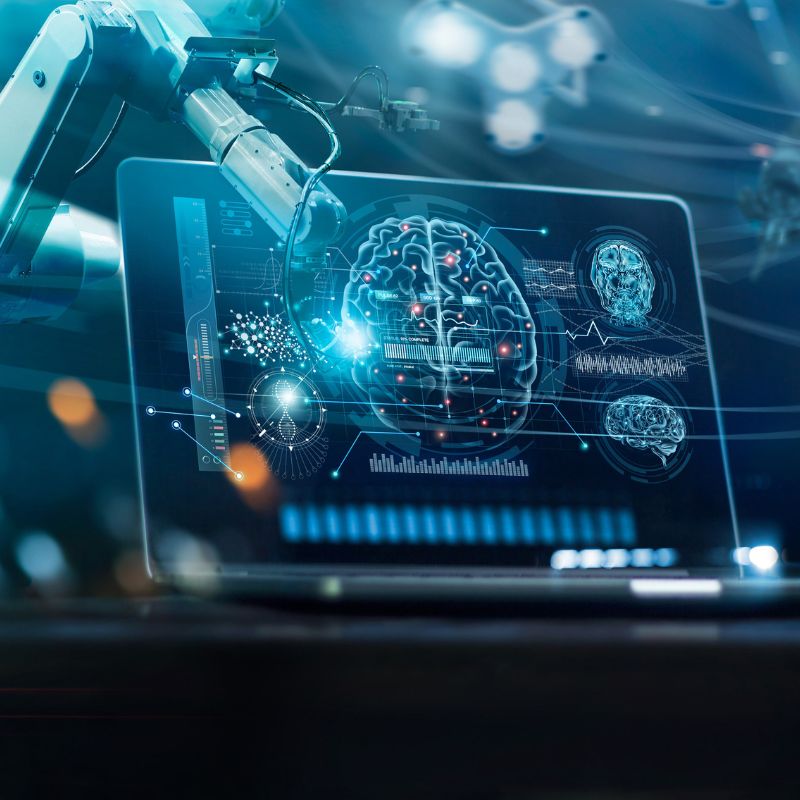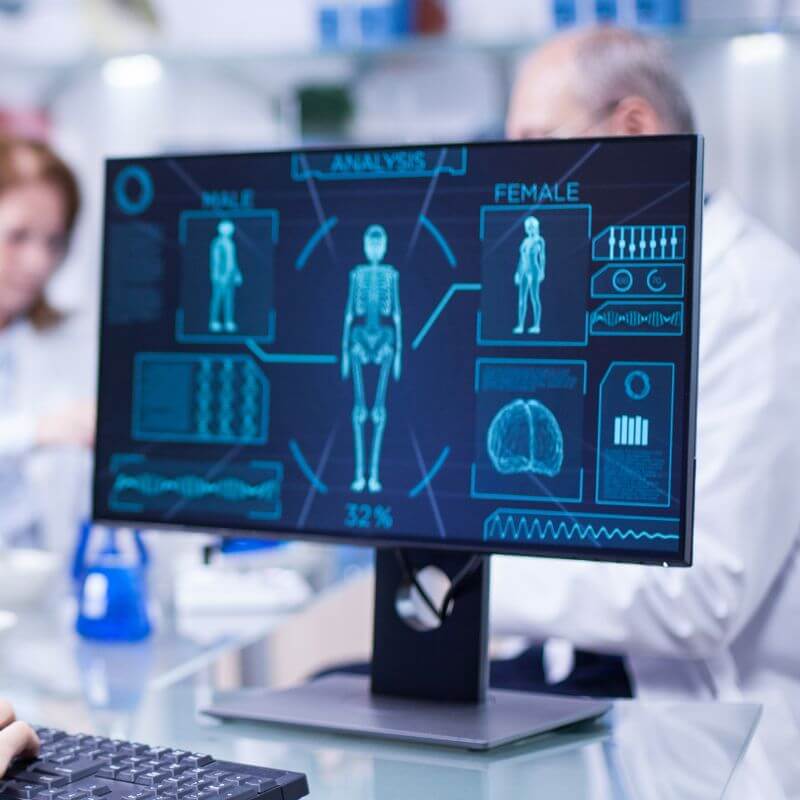Autonomous Neuro Evolution Augmenting Topology (NEAT) Driven Industrial Robot
Summary
The main goal of the proposed research is the development of an autonomous Neuro Evolution Augmenting Topology (NEAT) driven industrial robot. Our research will be focused on developing the mathematical model and self-evolving artificial intelligence neural network using a genetic algorithm in order to detect the shape of the obstacle and change the robot gripper position and implementation of the developed model in the Industrial robot hand.
Background
Neuro Evolution of Augmenting Topologies (NEAT) [1] is a method for evolving artificial neural networks with a genetic algorithm. Research in neuro evolution evolving artificial neural networks (ANNs) through evolutionary algorithms is inspired by the evolution of biological brains, which can contain trillions of connections. Yet while neuro evolution has produced successful results, the scale of natural brains remains far beyond reach. Hyper NEAT [2] employs an indirect encoding called connective compositional pattern-producing networks (CPPNs) that can produce connectivity patterns with symmetries and repeating motifs by interpreting spatial patterns generated within a hypercube as connectivity patterns in a lower-dimensional space. Advanced industrial robot designs make them safe for operation, increases their range of movement and improves their performance in complex environments. Different approaches in the fabrication, design and control of the robots are described in the survey [3].
Key novelties in proposed research
Sensing: We will use non-contact sensors. Movements will be initiated by the artificial intelligence model which will analyze data from the non-contact (micro camera that is installed on the robot) sensors to utilize iterative real time learning control.
Computation: Moving and forming a different robot gripper shape will be computed by the intelligent NEAT neural network model with iterative real time learning control. Industrial implementation of the generated ANN models





